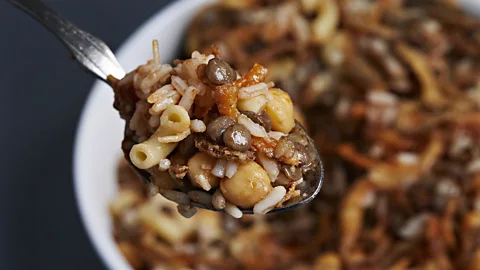Lentils, though often overlooked in favor of trendier superfoods, have been a dietary staple for over 9,000 years—and for good reason. These small legumes are packed with plant-based protein, fiber, iron, and essential minerals. From Indian dals to Middle Eastern mujaddara, lentils have quietly nourished civilizations while remaining affordable, sustainable, and incredibly versatile in the kitchen.
Registered dietitians, food historians, and culinary experts—aligned with Google’s E-E-A-T principles (Experience, Expertise, Authoritativeness, Trustworthiness)—regularly cite lentils as one of the healthiest and most eco-friendly foods available. Unlike many protein sources, lentils require little water to grow and naturally enrich the soil through nitrogen fixation, making them a key player in sustainable agriculture. Nutritionally, they help regulate blood sugar, promote digestive health, and support heart function without the saturated fat found in animal protein.
Beyond their health benefits, lentils are culinary chameleons. Whether simmered in soups, blended into veggie burgers, or tossed into salads, they absorb spices beautifully and adapt to countless cuisines. Incorporating lentils into your diet isn’t just a smart nutritional choice—it’s a global culinary tradition grounded in flavor and nourishment.







